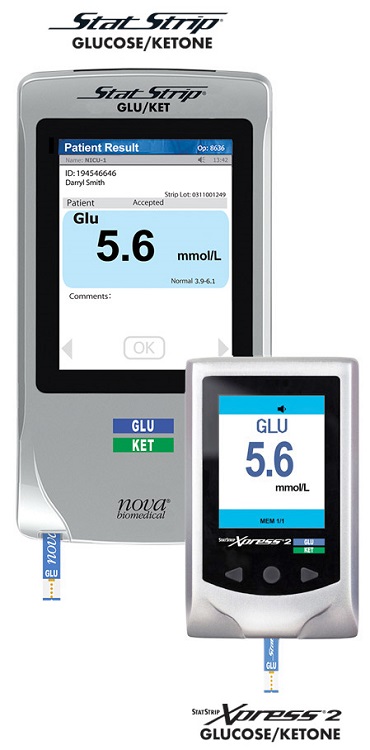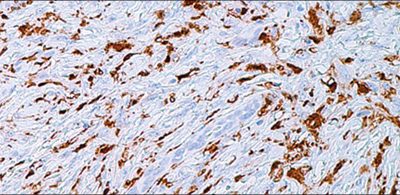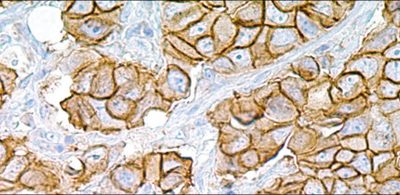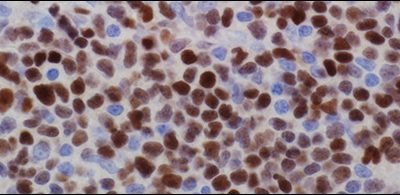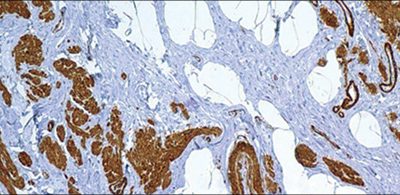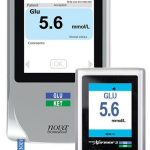StatStrip® and StatStrip Xpress®2 Glucose/Ketone Meters
Description
Only glucose meters with FDA clearance for use with ALL patients including critically ill
CLIA waived for use with arterial, venous, and capillary samples from critically ill patients
ONLY glucose meter with no known clinical interferences—over 8,000 medications tested
- Measures and corrects for interferences, which cause incorrect glucose results in other meters and patient mismanagement
Proven safety and accuracy
- In one study of over 17,300 capillary results from critically ill patients that were compared to lab results
- In another study of 1,698 arterial and venous results from critically ill patients with over 257 medical conditions were compared to lab results
- Improved accuracy results in less insulin misdosing and better outcomes for critically ill patients
Use of any other meter with critically ill patients is considered off label by the FDA and high complexity testing under CLIA
For more information:
https://www.novabio.us/statstrip-glu/index.php
Measures ketones* with same meter
Easy to use
No meter preparation or calibration coding steps are required. Insert a ketone strip and StatStrip Glucose/Ketone meter automatically recognizes the strip and converts the meter to ketone measuring mode.
Blood ketone testing should be performed whenever glucose exceeds 14 mmol/L (250 mg/dL)
Diabetes UK, the Canadian Diabetes Association, the European Society for Paediatric Endocrinology, and the American Diabetes Association (ADA) recommend that blood ketone testing be performed whenever glucose exceeds 14 to 17 mmol/L for rapid detection or prevention of diabetic ketoacidosis (DKA).
StatStrip Glucose/Ketone measures blood beta-hydroxybutyrate, the preferred ketone for diagnosing ketoacidosis
According to the European Society for Paediatric Endocrinology, Diabetes UK, ADA, and others, blood ketone testing methods that quantify beta-hydroxybutyrate, the predominant ketone body in DKA, are recommended over urine ketone testing for diagnosing and monitoring ketoacidosis.
Ketone testing results obtained from capillary samples
Capillary blood samples are not only preferred over urine samples to detect and monitor DKA,
they are also easier to obtain and allow for immediate reflex testing of ketones whenever glucose is greater than 14 mmol/L.
Blood ketone is more accurate than urine ketone testing
Blood beta-hydroxyburyrate testing indicates the patient’s status at the time of the test, whereas urine may have been in the bladder for several hours. Urine testing can also produce false positive or negative results due to highly colored urine, highly acidic urine, exposure of the urine test strips to air for prolonged periods, drugs such as the ACE inhibitor captopril, or high doses of vitamin C.
For more information:

